What artworks can Bern receive now?
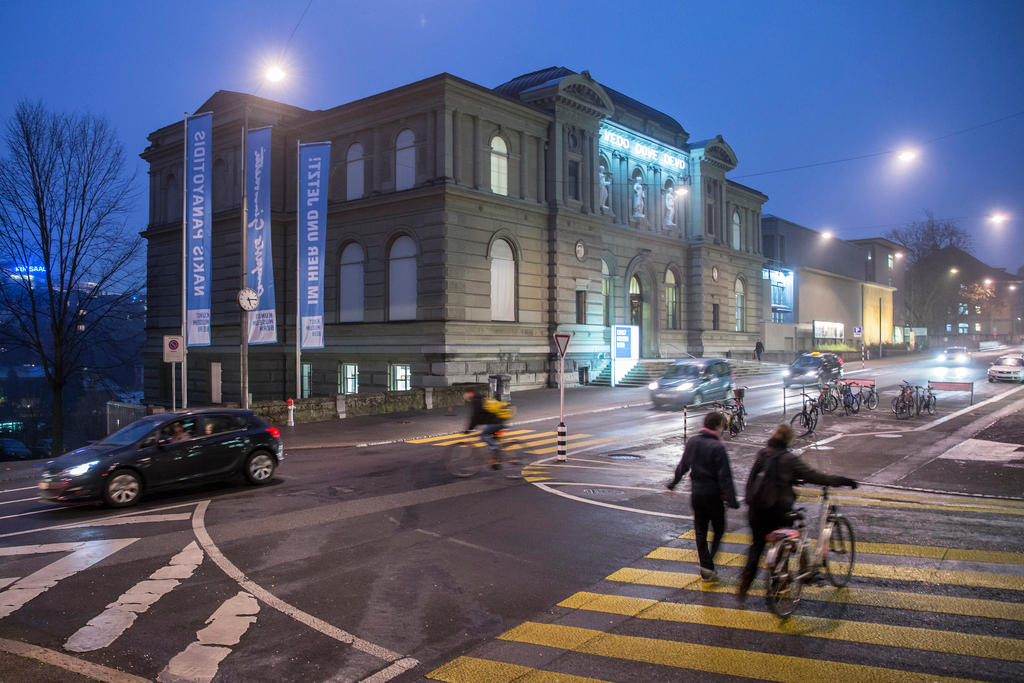
The end of legal wrangling over Cornelius Gurlitt’s cache of more than 1,500 artworks clarifies the path ahead for delivering them to the Bern Museum of Fine Arts, but some obstacles remain.
Until now, the trove has remained in a Munich storage facility, out of public view. The question is how much the museum can take possession of immediately. The short answer: Not all of it.
The collection – Otto Dix, Claude Monet, Paul Cézanne, Ernst Ludwig Kirchner, Pablo Picasso, Wassily Kandinsky – reads like a Who’s Who of modernism. Nevertheless, its range is wider: it also includes some important Dutch Old Masters, a work by Albrecht Dürer and Japanese woodcarvings.
Research, then return
Under the terms of an agreement that the museum signed with the German government, a German research team will continue investigating the provenance of the collection. Artworks that are proven to have been looted, or that have a “high probability” of it, cannot enter Switzerland. The works identified as Nazi plunder will be returned to heirs of Jewish collectors.
This already happened with two important paintings in the collection. Max Liebermann’s Two Riders on the Beach was returned to David Toren, the heir of David Friedmann, from whom it was stolen. Matisse’s Seated Woman went back to heirs of Paris dealer Paul Rosenberg.
Three others similarly will be returned to heirs: Carl Spitzweg’s drawing of a couple making music, a Pissarro view of the Seine, and an Adolph von Menzel drawing of the interior of a Gothic church.
However, another 680 works cannot be ruled out as Nazi loot, the German government researchers say. Of these, the researchers recommended that 189 should be subjected to immediate closer investigation.
Among them are paintings by Pierre-Auguste Renoir and Gustave Courbet; drawings by Cézanne, Eugène Delacroix, Liebermann, Jean-Baptiste-Camille Corot, Georges Seurat and Giovanni Battista Tiepolo; etchings by Rembrandt and Pablo Picasso; lithographs by Edvard Munch and Marc Chagall; and sculptures by Auguste Rodin and Edgar Degas. The Museum of Fine Arts will have to wait longer before it is able to claim these treasures.
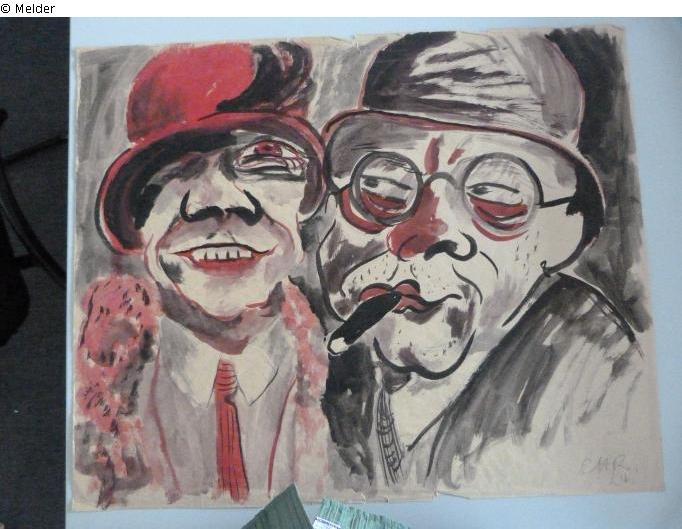
More
Inside the Gurlitt collection
Other transfers
Bern, however, also can take possession of 231 artworks confiscated from German museums by the Nazis as “degenerate art.” These are deemed to be free of suspicion of looting, and the museums have no legal claim to them.
Instead, the Museum of Fine Arts promised to “be particularly generous in its loan policies” towards German museums with these artworks.
Works on paper by Dix, George Grosz, Beckmann, Oskar Kokoschka, Emil Nolde, Karl Schmidt-Rottluff, Otto Müller, Erich Heckel, August Macke and Kandinsky are among those which have been cleared of suspicion and can head for Bern. These include some vibrant watercolours that maintained their radiance while stored in Gurlitt’s apartment.
The museum will also take possession of art by two members of the Gurlitt family. Cornelius Gurlitt’s aunt Cornelia and his great-grandfather Louis Gurlitt were both artists, and the collection includes 278 works which are either by them or were dedicated to family and are above suspicion.
Signing on to provenance work
The Museum of Fine Arts says it will now contribute to the provenance research and expects the task to be completed by the end of 2017. This looks optimistic given the amount of time the research has taken so far.
Bern says it will only take possession of artworks which “are proven not to be looted, or are with high probability not looted.” But it is likely that in many cases, researchers will reach a dead end: particularly in the case of prints, which are not unique, it can be almost impossible to identify the original owners with any degree of certitude.
In these ambiguous cases, Bern can choose whether to take on the artworks or not. The museum promised “to take these decisions carefully and with respect for the historical circumstances.”
There are a few artworks in the collection that the Museum of Fine Arts may not want at all. Fifty-three pieces out of the total tally of 1,578 artworks were excluded from provenance research because they were “mass produced,” such as pages torn out of calendars. One gouache originally identified as a Chagall has since been dismissed as a forgery.

In compliance with the JTI standards
More: SWI swissinfo.ch certified by the Journalism Trust Initiative



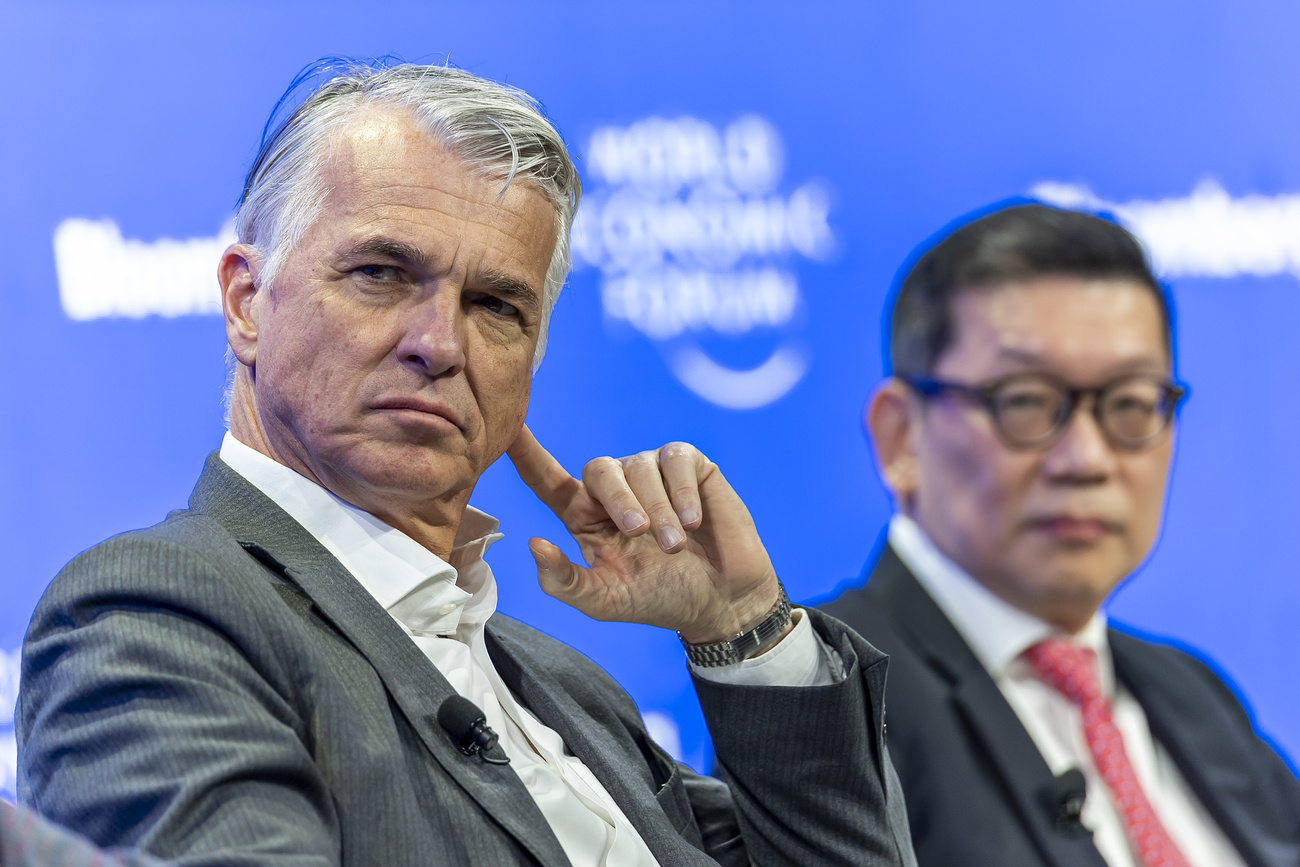

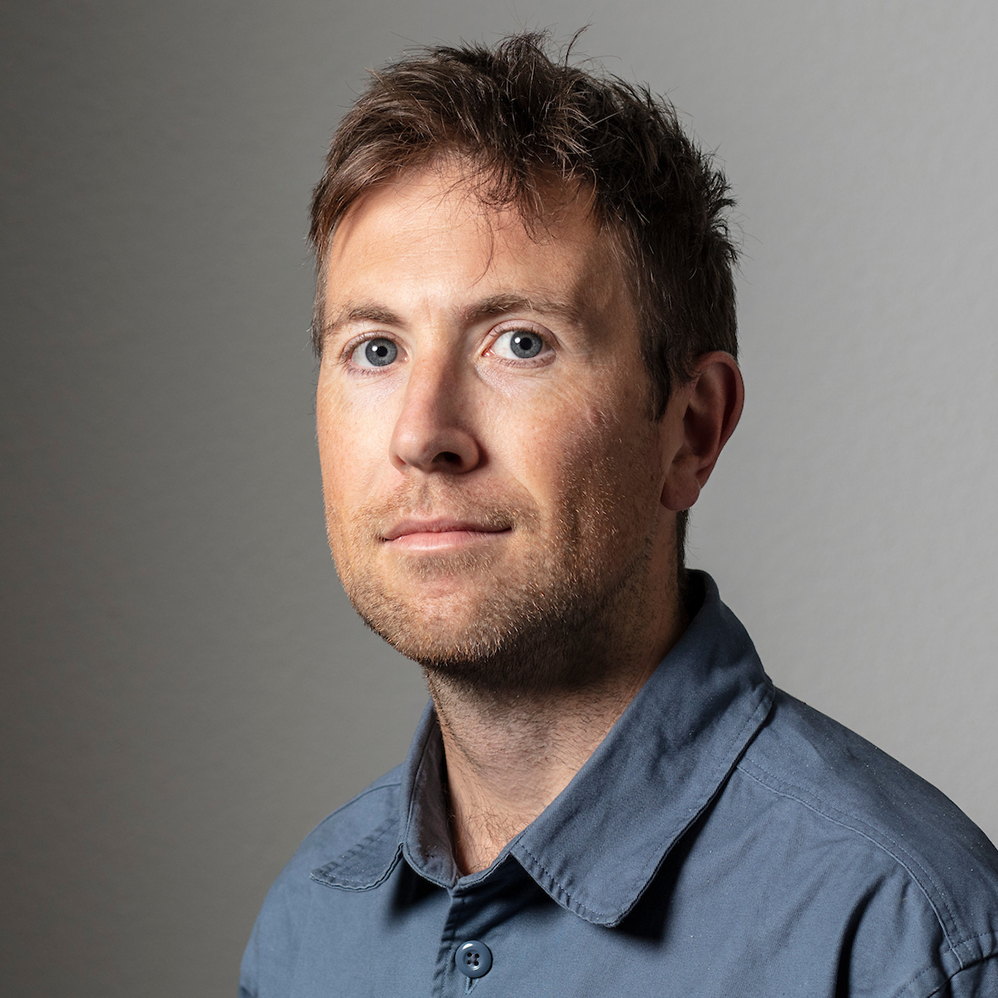

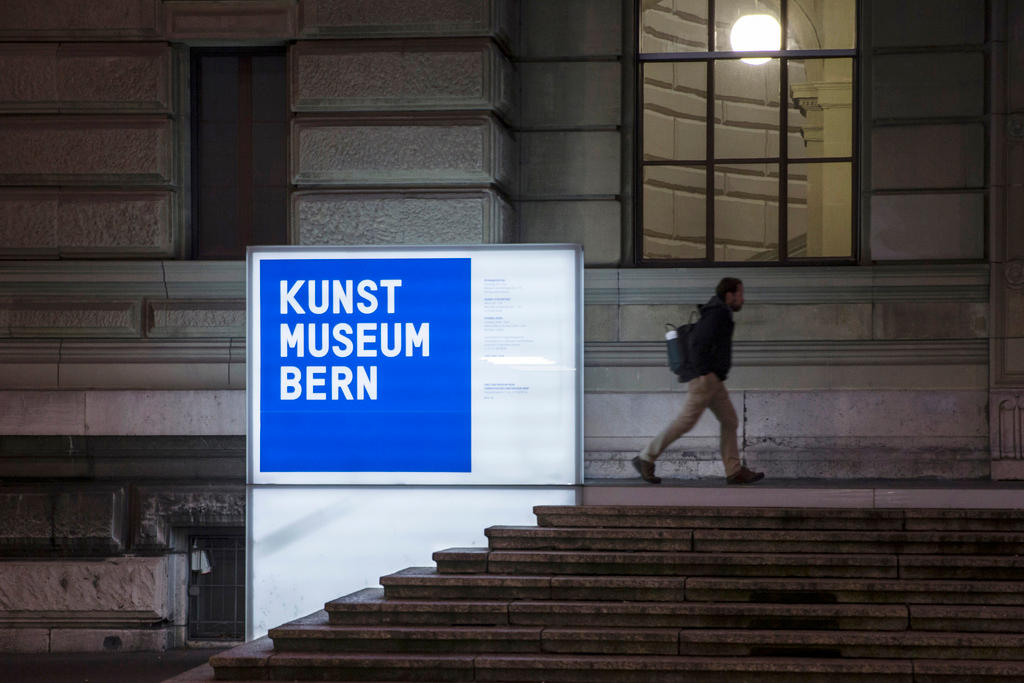
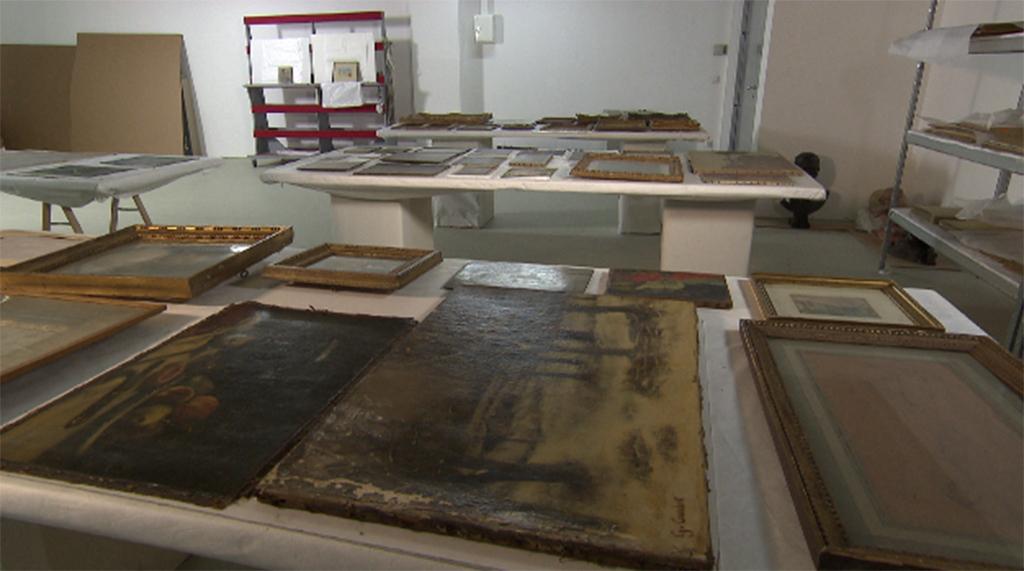
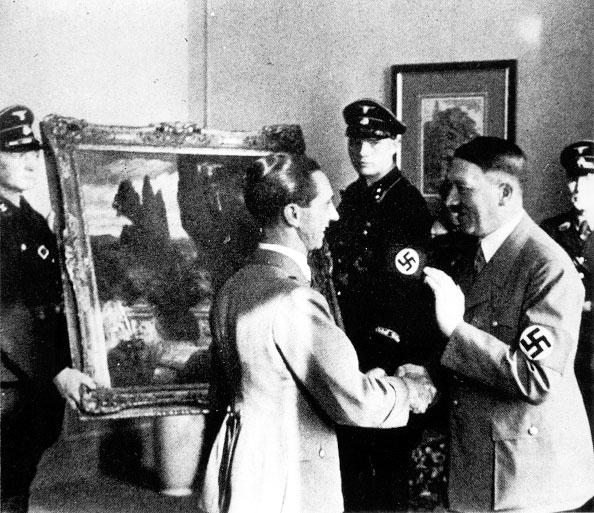


You can find an overview of ongoing debates with our journalists here . Please join us!
If you want to start a conversation about a topic raised in this article or want to report factual errors, email us at english@swissinfo.ch.